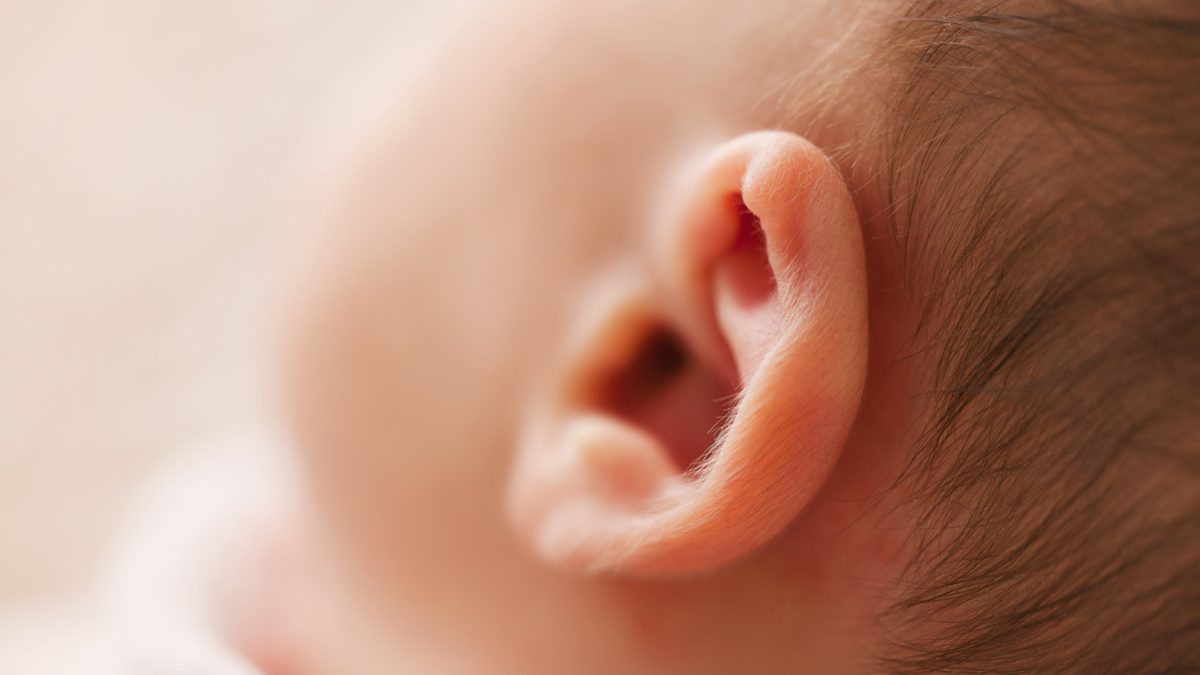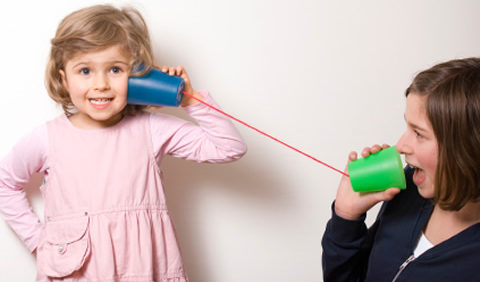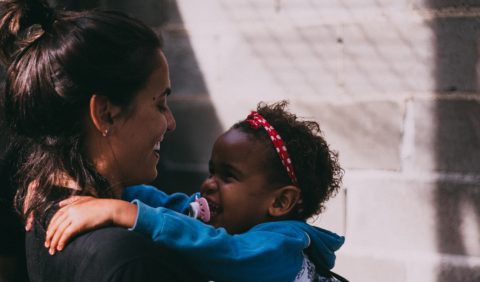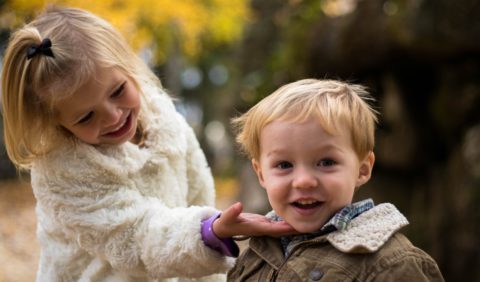
Sound acquisition and articulation form an important component of language development in children.
A child will move through each stage of development having preceded the previous stage.
When do children learn to say speech sounds?
The development of sounds generally occurs in a sequential process.
Mastering different speech sounds occurs as a child grows and develops as part of their speech development.
Children are not expected to use all speech sounds correctly.
The guide below is based on 75% of children within each stage.
It is not expected that 100% of children will fall into each age guide at that age.
Age guide of sound development
By 6 months:
A baby should be making cooing noises. They will be making open mouth sounds such as ah and oo.
By 12 months:
You are likely to hear babbling and the use of a variety of consonants such as b, d and m.
By 18 months:
They will still be babbling. they will also have a limited number of sounds that they use in words such as p, m, b. Usually they leave sounds off the end of their words and the initial sounds and main vowels are often the clearest spoken by them.
By 2 years:
By this age there is a wider range of sounds that they use. They now have added p,t,b,d,m,n and w to their list. They simplify sound patterns in words but will use more consistent articulation however, their speech may still be difficult to understand.
By 3 years:
There has been a big growth in their ability. By now they are able to use a variety of sounds of both vowels (all) and consonants (p, b, t, d, m, n, w, h, f and s). they have mastered putting sounds at the end of their words and they have developed the ability to use long sounds such as the f sound.
They will still be mastering words that have two or more syllables (skipping, pajamas are perfect examples and they will not articulate them correctly), however their sentences are beginning to develop in complexity.
This may mean that they in fact seem a little harder to understand as they further develop this. Generally a good way to gauge this is that they are intelligible to family and friends and 50% to strangers.
By 4 years:
By now they should have a wide range of sounds and use sounds inconsistently as well such as sounds l, j and v. There are a few letter that they may still be struggling with such as k, g and the blends (which is putting two consonants together) so some words may not be articulated clearly.
Common words here are snake which would commonly be pronounced nake, or dop for stop and so on. They are often found to shorten or simplify longer words such as member for remember. By this age family, friends and strangers should be able to understand them most of the time.
Of course if they are tired or excited this may affect their speech a little.
By 5 years:
They now have an extensive range of sounds but some sounds may still be a little unclear for example s may still sound like a lisp in some words (thun for sun) and some letters may seem substituted (wabbit for rabbit).
Letter/sound development per age guide
A child generally learns and speaks letters in a chronological way.
| 0-3 years | The first sounds learnt at this age are t, d, h, y, n, p, g, b, m, w, k | |
|---|---|---|
| 3½ -4 ½ years | The sounds learnt at pre-school age are s, z, l, sh, f, j, ch | |
| 5-8 years | The sounds learnt at “big school” are:R, v, th; blends tr, pl & sl |
Understanding and use of language development per age guide
| 12-14 months | 14-16 months | 16-18 months | 18-20 months | 20-22 months | 22-24 months | 24-30 months |
| Uses 1- 5 single words | Recognizes the name of some objects | Uses words instead of gestures | Names familiar objects | Understanding of words increasing | Uses between 50-75 single words | Listens to stories |
| Responds to own name | Uses 5-10 words | Begins to imitate words | Points to simple body parts | Imitates word heard easily | Beginning to use more two worded sentences | Identifies objects by use such as cutting |
| Babbles at people | Frequent babble/jargon | Recognizes more names of objects | Follows simple instructions | Uses approximately 50 single words | Understanding location words such as ‘up’, down’, ‘in’ and ‘on’ | Has a vocabulary between 200-400 words |
| Gives items over on request | Interested in picture books | Growing vocabulary of single words | Points to objects and pictures | Vocabulary increasing | Able to match familiar objects | Uses 2-3 words sentences |
| Responds to common commands such as ‘Stop’ | Recognizes some pictures | Con follow instructions on objects such as push the car | Uses simple two words such as ‘all gone’ and ‘in there’ | Understands more complex sentences | Uses a range of different word types | |
| Imitates some speech sounds | Using bigger range of speech sounds | Beginning to develop ‘grammar’ skills |






